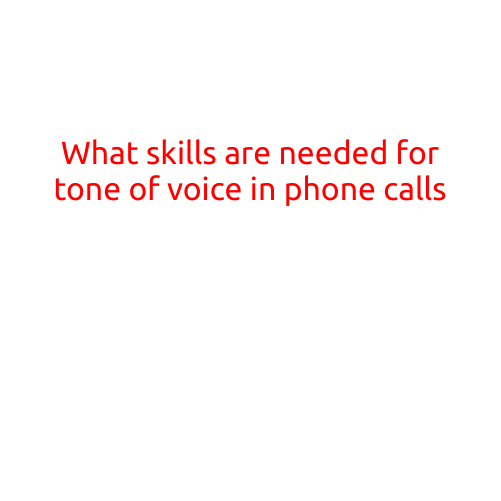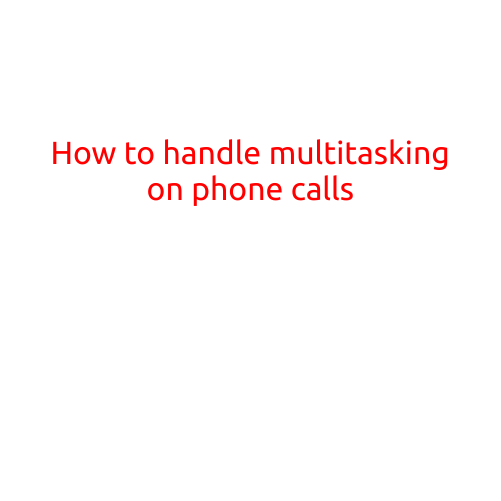
What are the Key Principles of Creating Positive Impressions Over the Phone?
In today’s fast-paced business world, phone calls are an essential way to communicate with clients, customers, and colleagues. A significant part of building a positive professional reputation lies in the way you present yourself over the phone. Creating a positive impression over the phone is crucial, as it not only enhances your professional image but also helps to establish trust and credibility with your audience. In this article, we’ll explore the key principles of creating positive impressions over the phone.
1. Be Prepared
Before picking up the phone, make sure you’re well-prepared for the call. Research the person you’ll be speaking with, review the purpose of the call, and have all necessary materials and information at hand. This will help you to be more confident and articulate, increasing the chances of making a positive impression.
2. Answer Calls Professionally
When you answer the phone, do so promptly and professionally. Use a clear and concise greeting, and ensure you’re in a quiet area with minimal background noise. Introduce yourself and state the purpose of the call, setting the tone for a productive and respectful conversation.
3. Use a Friendly but Professional Tone
Your tone is crucial in creating a positive impression over the phone. Use a friendly and approachable tone, but be sure to maintain a level of professionalism. Avoid using overly casual language or slang, and keep the conversation focused on the topic at hand.
4. Listen Actively
Active listening is essential in building trust and credibility over the phone. Pay attention to what the other person is saying, ask clarifying questions, and avoid interrupting. This demonstrates that you value their time and opinions, increasing the likelihood of a positive impression.
5. Use Positive Body Language (Even If You’re Not in the Same Room)
While you may not be physically present, your body language can still convey a positive or negative impression over the phone. Sit up straight, maintain good posture, and use open and expansive gestures to convey confidence and enthusiasm. This will help to increase your energy and enthusiasm, making the conversation more engaging.
6. Speak Clearly and Concisely
Speak clearly and at a moderate pace, avoiding filler words like “um” or “uh.” Use simple and concise language to convey your message, making it easier for the other person to follow along. Avoid using jargon or technical terms that may be unclear to non-experts.
7. Show Enthusiasm and Interest
Show genuine enthusiasm and interest in the conversation, whether you’re discussing a product, service, or idea. This demonstrates your passion and commitment to the topic, making you more relatable and engaging.
8. Be Patient and Polite
Keep in mind that the person on the other end of the phone may be having a bad day or dealing with personal issues. Be patient, understanding, and polite, and try to maintain a positive and professional tone even in the face of challenges or setbacks.
9. Follow Up
After the call, be sure to follow up with a thank-you note, email, or text, reiterating your interest in the topic and your commitment to the relationship. This demonstrates your professionalism and appreciation for the other person’s time, increasing the likelihood of a positive impression.
10. Practice, Practice, Practice
Creating positive impressions over the phone requires practice, so be sure to work on your skills regularly. Record yourself, get feedback from colleagues or mentors, and continually strive to improve your communication skills.
By incorporating these key principles into your phone communication, you’ll be well on your way to creating positive impressions that will help you build stronger relationships, increase your professional credibility, and achieve greater success in your personal and professional life.





